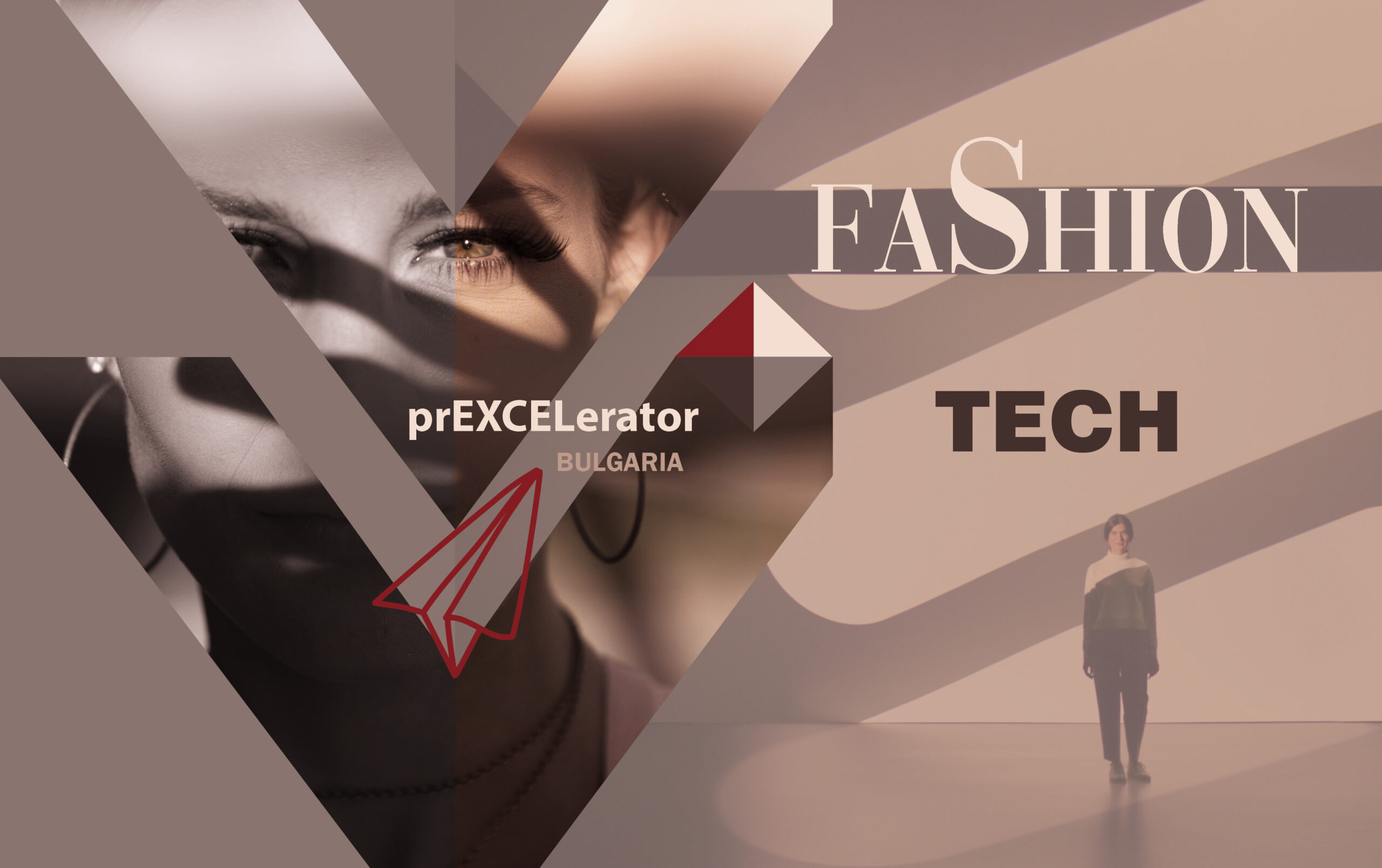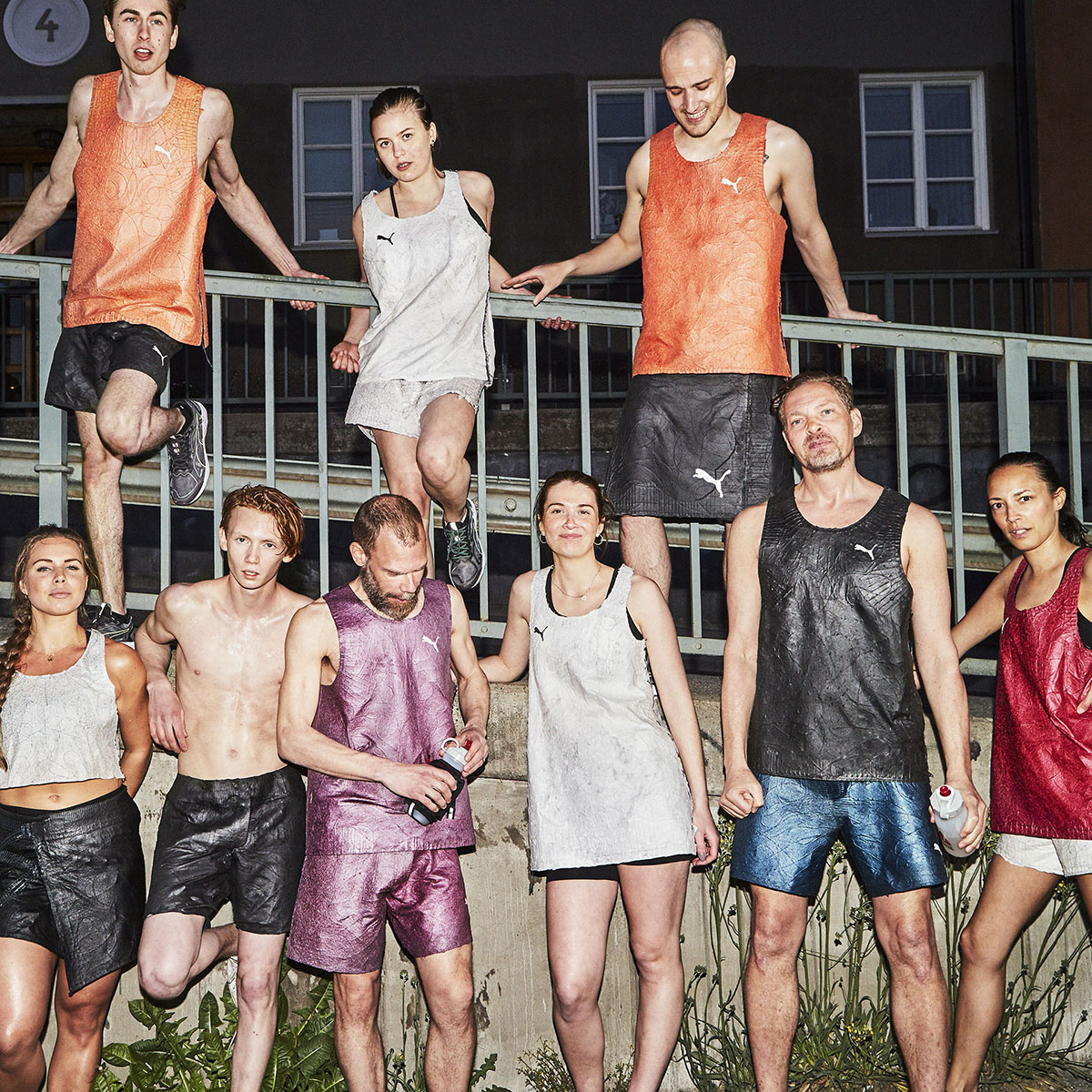Fashion Tech: a rigorous way out of the raging crisis for the Fashion industry in a pandemic world
Author: Sylvia Pavlova MBA CMC, Co-Founder PrEXCELerator Bulgaria
Fashion industry is one of the largest industries globally contributing to USD 2.5tr to the global GDP. It also leaves a considerable footprint on the nature. The industry emits more carbon dioxide than international flights and maritime shipping combined according to Business Insider. The fashion industry produces 10 % of all humanity’s carbon emissions; is the second-largest consumer of the world’s water supply, and pollutes the oceans with microplastics. That share of carbon budget will jump to 26 % by 2050 if the industry continues on its current trajectory.
There is a rise in the quantity of clothes consumers buy. On average, people bought 60 % more garments in 2014 than they did in 2000. The growing market of cheap clothes is at an environmental price. Furthermore, 85 % of all textiles worldwide annually go to the dump. Here are the most significant impacts fashion has on nature according to Business Insider:
Clothing production has doubled since 2000;
While people bought 60 % more garments in 2014 than they did in 2000, they kept the clothes for half as long;
In Europe, fashion companies went from an average offering of 2 collections per year in 2000 to 5 in 2011;
Some brands offer even more. Zara offers 24 collections per year, while H&M offers between 12 and 16;
A lot of these clothing ends in the dump. The equivalent of one garbage truck full of clothes gets burnt or dumped in a landfill every second;
In total, up to 85 % of textiles go to the landfills each year. That’s enough to fill the Sydney’s harbour annually;
Washing clothes releases 500 000 tons of microfibers into the oceans each year. This is equivalent of 50 billion plastic bottles;
Many of those fibres are polyester, a plastic found in about 60 % of garments. Producing polyester releases 2 to 3 times more carbon emissions than cotton, and polyester does not break down in the ocean;
Overall, microplastics are estimated to compose up to 31 % of plastic pollution in the ocean;
It takes about 2000 gallons of water to produce one pair of jeans. This quantity is enough for one person to drink 8 cups of water per day for 10 years;
Fashion causes water-pollution problems, too. Textile dyeing is the world’s second-largest polluter of water, since the water leftover from the dyeing process is often dumped into rivers or streams;
In March 2019, the UN launched the Alliance for Sustainable Fashion, which will coordinate efforts across agencies to make the industry less harmful.
This is why the pandemics just speeds up processes which have been on their way to transform Fashion industry, as the consumer mindset had shown signs of paradigm shift even before Covid-19. Undisputably, it is mandatory for the industry to change in order to decrease its environmental impact.
Since the pandemic outburst in Q1 2020 dramatic shifts in the fashion industry are caused along the whole value chain. Blows are both on the supply and demand side of the chain, thus stirring the ‘perfect’ storm for the industry.
Situation got even worse as a result from the freeze on spending, thus aggravating the supply-side crisis. ‘Widespread store closures for an industry reliant on offline channels, coupled with consumer instinct to prioritise necessary over discretionary goods, hit brands’ bottom lines and depleted cash reserves. Even online sales have declined 5 to 20 percent across Europe, 30 to 40 percent in the US and 15 to 25 percent in China.’ (McKinsey, 2020)
‘Now, the resulting “quarantine of consumption” could accelerate some of these consumer shifts, such as a growing antipathy toward waste-producing business models and heightened expectations for purpose-driven, sustainable action.’
‘Meanwhile some of the shifts we will witness in the fashion system such as the digital step change, in-season retail, seasonless design and the decline of wholesale are mostly an acceleration of the inevitable — things that would have happened further down the road if the pandemic had not helped them gain speed and urgency now.’ (McKinsey, 2020)
Innovation in Fashion occurs in unprecedented number of aspects along the whole industry value chain
According to ‘The State of Fashion 2020: Coronavirus update’ Report issued by Business of Fashion and McKinsey & Co., these innovation areas span across:
- Design stage: 3D Design and AI Planning
- Merchandising & Planning stage: Virtual sampling and Video sign-offs
- B-2-B Sell-in stage: Digital sell-in and Virtual showrooms
- Sourcing & supply-chain stage: Nearshoring and Vendor integration
- Consumer engagement stage: Virtual shows and Social selling.
3D Design > Design enabled through software tool for virtual rendering and 3D visualisation of products with the ultimate goal of replacement for physical prototypes.
Artificial intelligence > The theory and development of computer systems able to perform tasks that normally require human intelligence, such as visual perception, speech recognition, decision making and translation between languages.
Digital sell-in > Digital interface that is comparable to an online store, designed for the showing of products and order intake with B2B customers.
Showcases of Fashion Tech solutions
Streamateria by Puma
Puma’s third sustainability project since 2016 – none of which have reached a production phase yet.
The Streamateria material is constructed around a leaf-like structure, with veins spanning the length of the garment and defining its shape. This is 3D printed, and coated with a bioplastic tissue. The bioplastic tissue largely consists of alcohol and fat from the food industry – another string to Streamateria’s sustainability bow. The overall effect of this process is the creation of a garment with the same biogas potential as food; the garment can be added straight to household compost.
Read more here.
Looop by H&M
The process takes five hours in total, from walking into the store with an old shirt in hand, to walking out the store fresh t-shirt adorned. The material is cleaned, shredded, strengthened, twisted and knitted in an eight-step process; though it’s possible the item won’t be as strong as when first purchased, the entire concept of Looop is that the new garment can be returned once it becomes to feel weathered again. The idea is that a circular solution like Looop not only recycles existing materials, but ensures that new fabrics don’t need to be produced en masse to meet demand.
The Hong Kong Research Institute of Textiles and Apparel, designers of Looop, have licensed the product non-exclusively to H&M, which gives scope for an increasing number of brands to opt for a circular solution, whether that be in-store or behind closed doors.
Read more content created by INTERLACED here.
Garmentry
From Rent the Runway to HURR Collective and My Wardrobe HQ, women’s rental platforms have been enjoying growing demand in the last decade. In fact, the estimated market value of the sector is estimated to reach £1.2 billion in 2027. And yet, when we looked at menswear, we couldn’t see a single rental platform in sight. Well, until now.
Say hello to Garmentry – one of the first companies globally that aims to bring luxury clothing rental to the menswear market. Using excess stock from high end brands and retailers, it aims to offer men the same “unlimited wardrobe” rental experience that has been embraced by women for years.
Due to COVID-19, the problem of excess stock is even more prevalent for luxury brands and retailers this year. Heavy discounting still remains unappealing in fears of cheapening the brand name.
While luxury brands previously burnt this stock and faced backlash as a result, Garmentry’s revenue share model will monetise it and provide brand accessibility to new audiences.
INTERLACED has joined Garmentry’s advisory board, alongside senior staff and directors from luxury brands including Farfetch, Ralph & Russo, DKNY and River Island.
Read more here.


PrEXCELerator Bulgaria is glad to be a Communication Partner of INTERLACED on Fashion Tech.
If you are interested in Fashion Tech, reach out to Kristina Dimitrova, Founder INTERLACED, at kristina@interlaced.co.
https://www.instagram.com/weareinterlaced/







